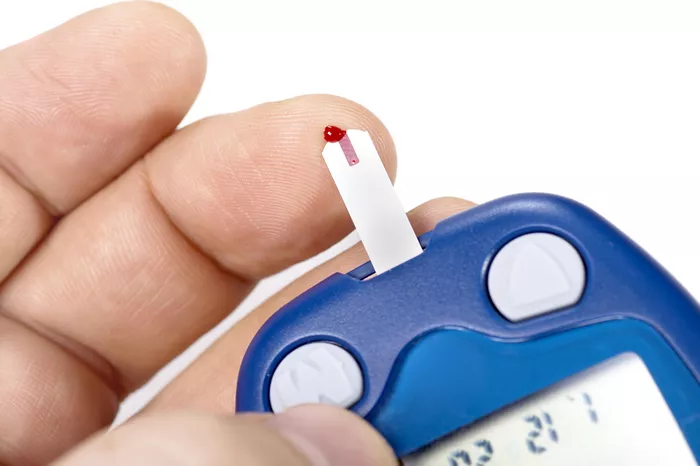In the intricate web of metabolic processes, insulin resistance emerges as a central protagonist in the narrative of type 2 diabetes. Cells in muscle, fat, and the liver, once receptive to insulin’s signals, gradually develop a resistance to its effects. This resistance impedes the uptake of sugar by these cells, disrupting the delicate balance of blood glucose regulation.
Impaired Insulin Production
Simultaneously, behind the scenes, the pancreas grapples with its own tribulations. Despite its valiant efforts, it struggles to produce sufficient insulin to meet the body’s demands. This impaired insulin production exacerbates the dysregulation of blood sugar levels, perpetuating the vicious cycle of metabolic dysfunction.
Beta-cell Dysfunction
Within the intricate microcosm of the pancreas, beta cells, the unsung heroes of insulin secretion, confront their own demise. Beta-cell dysfunction, characterized by the faltering of these vital pancreatic constituents, plays a pivotal role in the onset and progression of type 2 diabetes. As these cells falter, so too does the body’s ability to regulate glucose effectively.
Cellular Self-Destruct Mechanisms
As the drama unfolds, a sinister subplot emerges—apoptosis, the cellular self-destruct mechanism, wreaks havoc on pancreatic beta cells. This orchestrated demise, triggered by a confluence of genetic predisposition and environmental factors, accelerates the decline of insulin production, hastening the progression of type 2 diabetes.
Metabolic Changes
Amidst the chaos, metabolic upheaval ensues within the hallowed halls of the beta cell. High blood glucose levels precipitate a cascade of molecular events, culminating in a downregulation of insulin gene expression and diminished insulin production. These metabolic changes perpetuate the cellular dysfunction characteristic of type 2 diabetes, further exacerbating the metabolic turmoil.
Genetic and Environmental Factors
As the intricate dance of cellular dysfunction unfolds, genetic predisposition and environmental influences cast a long shadow over the unfolding narrative. Genetic variants predispose individuals to the development of type 2 diabetes, while environmental factors, such as sedentary lifestyles and poor dietary choices, exacerbate the metabolic derangements that underpin the disease.
Emerging Research and Treatments
In the realm of medical innovation, a beacon of hope emerges—a burgeoning body of research offers promising insights into novel treatment strategies targeting the cellular aberrations that underpin type 2 diabetes. From innovative pharmacotherapies to lifestyle interventions, these emerging treatments hold the potential to revolutionize the management and prevention of this pervasive metabolic disorder.
Conclusion
In the intricate tapestry of type 2 diabetes, cellular dysfunction emerges as a central protagonist, driving the pathogenesis and progression of this pervasive metabolic disorder. As our understanding of the cellular mechanisms governing the disease continues to evolve, so too does the promise of novel therapeutic interventions, offering hope to millions grappling with the burdens of type 2 diabetes.
Related Topics:
If You Have Type 1 Diabetes, What Should Do Now?
























